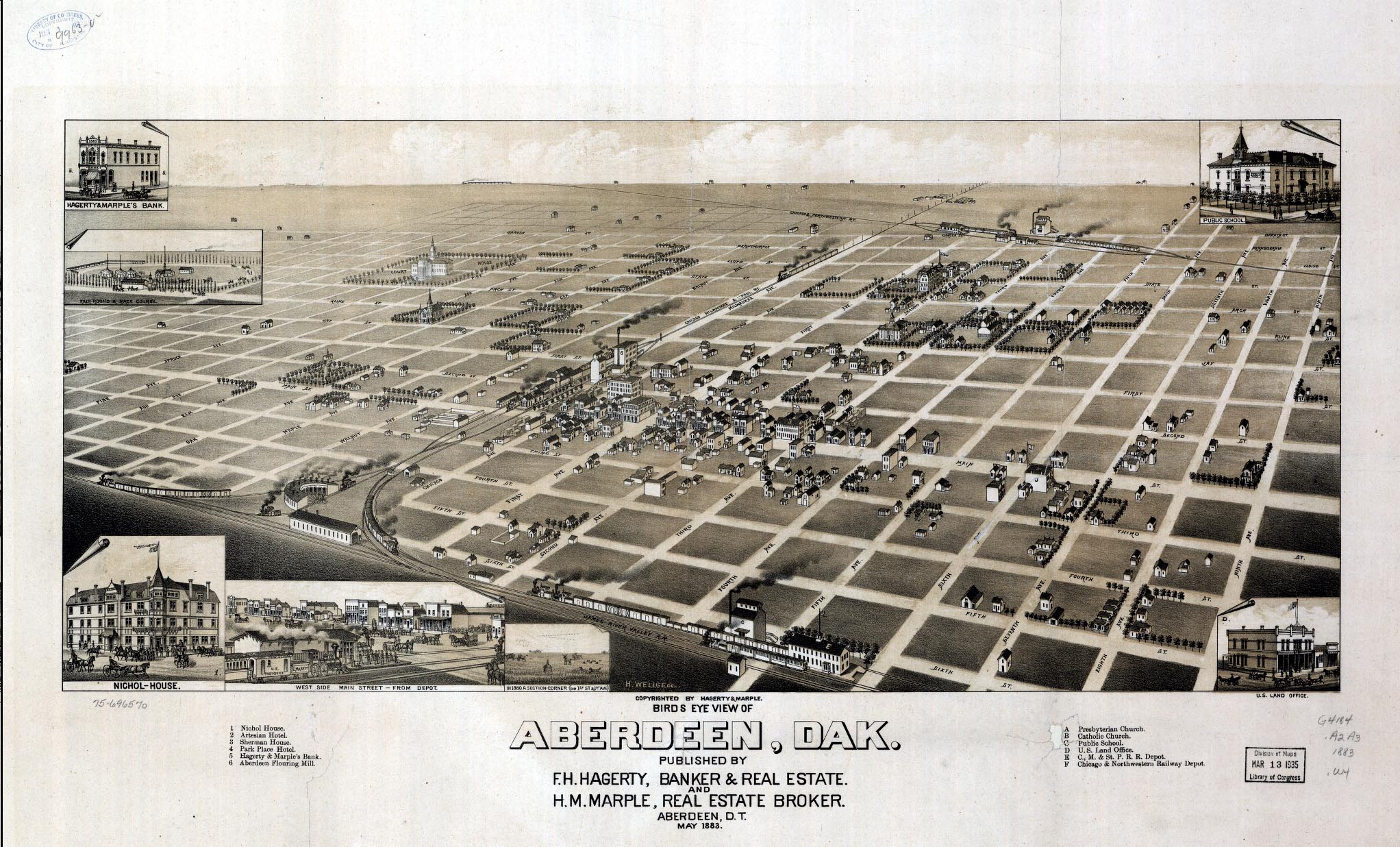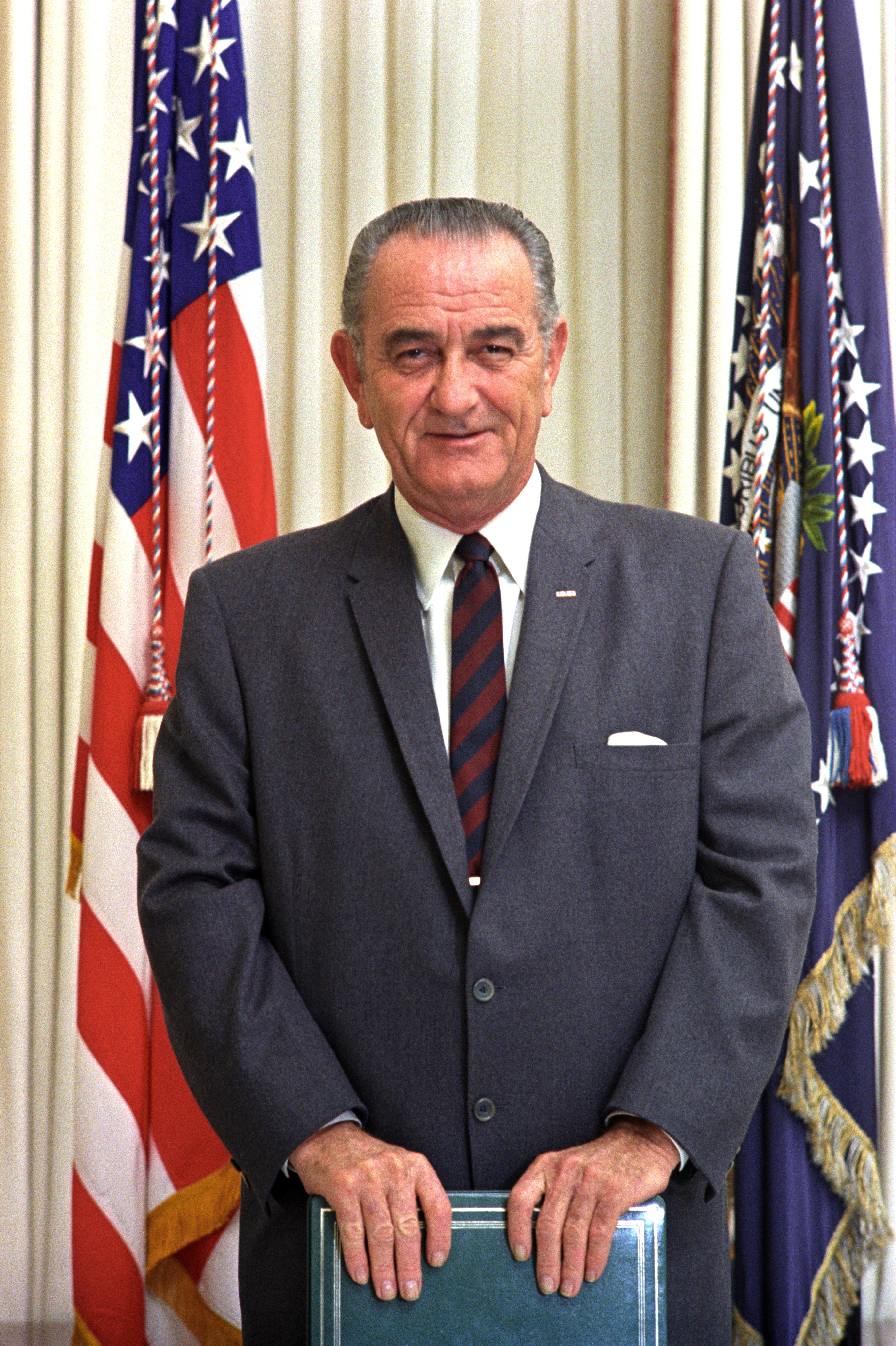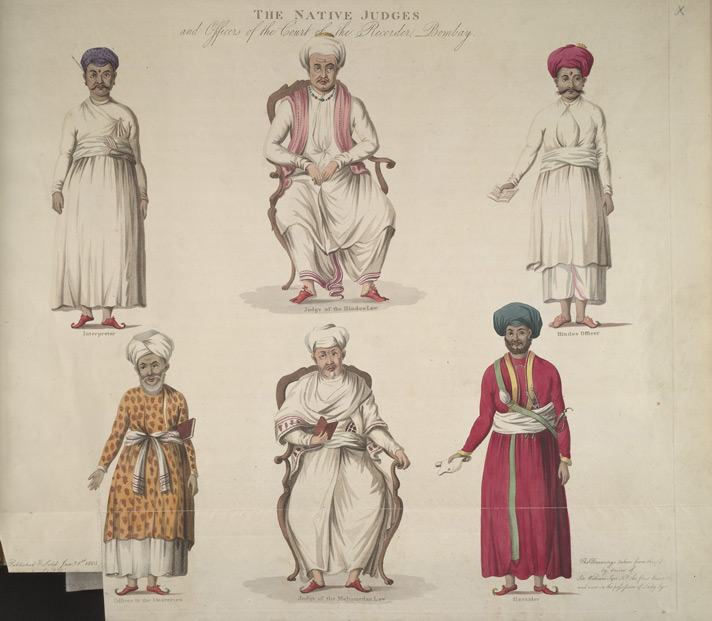|
Dwight Campbell
Dwight Campbell (c. 1888 – June 15, 1964) was a justice of the South Dakota Supreme Court from 1925 to 1937. Campbell began practicing as an attorney in Aberdeen, South Dakota in 1912, serving as city attorney from 1921 to 1923, and in the South Dakota State Senate for Brown County, South Dakota in 1923. In March 1925, Governor Carl Gunderson Carl Gunderson (June 20, 1864February 26, 1933)''Biographical Directory of the South Dakota Legislature, 1889–1989'' (1989), p. 400 was an American politician who served as the 11th Governor of South Dakota. Gunderson, a Republican from Mit ... appointed Campbell to a seat on the state supreme court vacated by the retirement of ailing justice Frank Anderson; Campbell assumed office on April 1, 1925. Campbell died at his home in Aberdeen, South Dakota, at the age of 76."Former Justice Dies At Aberdeen", ''The Daily Plainsman'' (June 16, 1964), p. 1. References 1880s births 1964 deaths South Dakota state senators Pe ... [...More Info...] [...Related Items...] OR: [Wikipedia] [Google] [Baidu] |
South Dakota Supreme Court
The South Dakota Supreme Court is the highest court in the state of South Dakota. It is composed of a chief justice and four associate justices appointed by the governor. One justice is selected from each of five geographic appointment districts. Justices face a nonpolitical retention election three years after appointment and every eight years after that. The justices also select their own chief justice. The Supreme Court of South Dakota serves as the final appellate court in the state, reviewing the decisions of state circuit courts. , South Dakota Supreme Court, rev. July 2002 The Supreme Court is also authorized to issue original or remedial s and provide advice to ... [...More Info...] [...Related Items...] OR: [Wikipedia] [Google] [Baidu] |
Aberdeen, South Dakota
Aberdeen ( Lakota: ''Ablíla'') is a city in and the county seat of Brown County, South Dakota, United States, located approximately northeast of Pierre. The city population was 28,495 at the 2020 census, making it the third most populous city in the state after Sioux Falls and Rapid City. Aberdeen is the principal city of the Aberdeen Micropolitan Statistical Area, which includes all of Brown and Edmunds counties and has a population of 42,287 in 2020. Aberdeen is considered a college town, being the home of both Northern State University and Presentation College. History Settlement Before Aberdeen or Brown County was inhabited by European settlers, it was inhabited by the Sioux Indians from approximately 1700 to 1879. Europeans entered the region for business, founding fur trading posts during the 1820s; these trading posts operated until the mid-1830s. The first "settlers" of this region were the Arikara Indians, but they would later be joined by others. The first gr ... [...More Info...] [...Related Items...] OR: [Wikipedia] [Google] [Baidu] |
South Dakota State Senate
The Senate is the upper house of the South Dakota Legislature. It consists of 35 members, one representing each legislative district; it meets at the South Dakota State Capitol in Pierre. Composition :''92nd Legislature (2019)'' Officers List of current senators Past composition of the Senate See also * South Dakota House of Representatives * Members of the South Dakota State Senate (1889–present) Notes External linksProject Vote Smart - State Senate of South Dakota References {{Authority control |
Brown County, South Dakota
Brown County is a county in the U.S. state of South Dakota. As of the 2020 United States Census, the population was 38,301, making it the fourth-most populous county in South Dakota. Its county seat is Aberdeen. The county is named for Alfred Brown, of Hutchinson County, South Dakota, a Dakota Territory legislator in 1879. Brown County is part of the Aberdeen, SD Micropolitan Statistical Area. Geography Brown County lies on the north side of South Dakota. Its north boundary line abuts the south boundary line of the state of North Dakota. The James River flows south-southwest through the county; its entry point into neighboring Spink County marks Brown County's lowest elevation: 1,266' (386m) ASL. The terrain of Brown County consists of rolling terrain, sloping to the south and east, largely devoted to agriculture. The county has a total area of , of which is land and (1.0%) is water. Major highways * U.S. Highway 12 * U.S. Highway 281 * South Dakota Highway 10 * Sout ... [...More Info...] [...Related Items...] OR: [Wikipedia] [Google] [Baidu] |
Carl Gunderson
Carl Gunderson (June 20, 1864February 26, 1933)''Biographical Directory of the South Dakota Legislature, 1889–1989'' (1989), p. 400 was an American politician who served as the 11th Governor of South Dakota. Gunderson, a Republican from Mitchell, South Dakota, served from 1925 to 1927. Biography Gunderson was born in a log cabin in Clay County in the Dakota Territory, near Vermillion. As a young man, he filed a claim on a homestead in Clay County that remained dear to him all his life. He stated that his occupation was a farmer all his life. He attended the University of South Dakota and Cornell University. He went into the mercantile business in Vermillion. He married Gertrude Bertleson and they had four children. Career Gunderson served five terms in the state senate of the South Dakota Legislature, being elected in 1892, 1896, 1898, 1900, and again in 1916. Gunderson served as president pro tempore of the senate in the 1899 session and served as the 13th Lieutenant ... [...More Info...] [...Related Items...] OR: [Wikipedia] [Google] [Baidu] |
Frank Anderson (judge)
Frank Anderson (October 18, 1870 – March 16, 1931)"Former Jurist of S. Dakota Is Dead Here", ''Quad-City Times'' (March 16, 1931), p. 15. was a justice of the South Dakota Supreme Court from December 1, 1921 to 1925. (1995), p. 13. Born in Minnesota, Anderson was a state attorney in , for several years, later becoming a state circuit court judge for three years before being appointed to the state supreme court in 1921, by Governor |
List Of Justices Of The South Dakota Supreme Court
Following is a list of past and present justices of the South Dakota Supreme Court, including justices of the Dakota Territorial Supreme Court. Current justices The current justices of the South Dakota Supreme Court are as follow: Past justices Dakota Territorial Supreme Court South Dakota Supreme Court * Dighton Corson, 1889–1913 * Alphonso G. Kellam, 1889–1896 * John E. Bennett, 1889–1893 (died in office) * Howard G. Fuller, 1894–1908 * Charles S. Whiting, 1908–1922 (died in office) * James H. McCoy, 1909–1921 * Ellison G. Smith, 1909–1923 * Samuel C. Polley, 1913–1947 * John Howard Gates, 1913–1927 * Frank Anderson, 1921–1925 * Carl G. Sherwood, 1922–1931 * Charles Hall Dillon, 1923–1927 * Dwight Campbell, 1925–1937 * Newton D. Burch, 1926–1931 * James Brown, 1927 * Frederick A. Warren, 1931–1944 * Herbert B. Rudolph, 1931–1957 * St. Clair Smith, 1937–1962 * Charles R. Hayes, 1947–1951 * Boyd Leedom, 1951–1955 * ... [...More Info...] [...Related Items...] OR: [Wikipedia] [Google] [Baidu] |
1880s Births
Year 188 (CLXXXVIII) was a leap year starting on Monday of the Julian calendar. At the time, it was known in the Roman Empire as the Year of the Consulship of Fuscianus and Silanus (or, less frequently, year 941 ''Ab urbe condita''). The denomination 188 for this year has been used since the early medieval period, when the Anno Domini calendar era became the prevalent method in Europe for naming years. Events By place Roman Empire * Publius Helvius Pertinax becomes pro-consul of Africa from 188 to 189. Japan * Queen Himiko (or Shingi Waō) begins her reign in Japan (until 248). Births * April 4 – Caracalla (or Antoninus), Roman emperor (d. 217) * Lu Ji (or Gongji), Chinese official and politician (d. 219) * Sun Shao, Chinese general of the Eastern Wu state (d. 241) Deaths * March 17 – Julian, pope and patriarch of Alexandria * Fa Zhen (or Gaoqing), Chinese scholar (b. AD 100) * Lucius Antistius Burrus, Roman politician (executed) * Ma Xiang, Ch ... [...More Info...] [...Related Items...] OR: [Wikipedia] [Google] [Baidu] |
1964 Deaths
Events January * January 1 – The Federation of Rhodesia and Nyasaland is dissolved. * January 5 - In the first meeting between leaders of the Roman Catholic and Orthodox churches since the fifteenth century, Pope Paul VI and Patriarch Athenagoras I of Constantinople meet in Jerusalem. * January 6 – A British firm, the Leyland Motor Corp., announces the sale of 450 buses to the Cuban government, challenging the United States blockade of Cuba. * January 9 – '' Martyrs' Day'': Armed clashes between United States troops and Panamanian civilians in the Panama Canal Zone precipitate a major international crisis, resulting in the deaths of 21 Panamanians and 4 U.S. soldiers. * January 11 – United States Surgeon General Luther Terry reports that smoking may be hazardous to one's health (the first such statement from the U.S. government). * January 12 ** Zanzibar Revolution: The predominantly Arab government of Zanzibar is overthrown by African nationalist rebels ... [...More Info...] [...Related Items...] OR: [Wikipedia] [Google] [Baidu] |
South Dakota State Senators
South is one of the cardinal directions or compass points. The direction is the opposite of north and is perpendicular to both east and west. Etymology The word ''south'' comes from Old English ''sūþ'', from earlier Proto-Germanic ''*sunþaz'' ("south"), possibly related to the same Proto-Indo-European root that the word ''sun'' derived from. Some languages describe south in the same way, from the fact that it is the direction of the sun at noon (in the Northern Hemisphere), like Latin meridies 'noon, south' (from medius 'middle' + dies 'day', cf English meridional), while others describe south as the right-hand side of the rising sun, like Biblical Hebrew תֵּימָן teiman 'south' from יָמִין yamin 'right', Aramaic תַּימנַא taymna from יָמִין yamin 'right' and Syriac ܬܰܝܡܢܳܐ taymna from ܝܰܡܝܺܢܳܐ yamina (hence the name of Yemen, the land to the south/right of the Levant). Navigation By convention, the ''bottom or down-facing side'' of a ... [...More Info...] [...Related Items...] OR: [Wikipedia] [Google] [Baidu] |
People From Aberdeen, South Dakota
A person ( : people) is a being that has certain capacities or attributes such as reason, morality, consciousness or self-consciousness, and being a part of a culturally established form of social relations such as kinship, ownership of property, or legal responsibility. The defining features of personhood and, consequently, what makes a person count as a person, differ widely among cultures and contexts. In addition to the question of personhood, of what makes a being count as a person to begin with, there are further questions about personal identity and self: both about what makes any particular person that particular person instead of another, and about what makes a person at one time the same person as they were or will be at another time despite any intervening changes. The plural form " people" is often used to refer to an entire nation or ethnic group (as in "a people"), and this was the original meaning of the word; it subsequently acquired its use as a plural f ... [...More Info...] [...Related Items...] OR: [Wikipedia] [Google] [Baidu] |
Justices Of The South Dakota Supreme Court
A judge is a person who presides over court proceedings, either alone or as a part of a panel of judges. A judge hears all the witnesses and any other evidence presented by the barristers or solicitors of the case, assesses the credibility and arguments of the parties, and then issues a ruling in the case based on their interpretation of the law and their own personal judgment. A judge is expected to conduct the trial impartially and, typically, in an open court. The powers, functions, method of appointment, discipline, and training of judges vary widely across different jurisdictions. In some jurisdictions, the judge's powers may be shared with a jury. In inquisitorial systems of criminal investigation, a judge might also be an examining magistrate. The presiding judge ensures that all court proceedings are lawful and orderly. Powers and functions The ultimate task of a judge is to settle a legal dispute in a final and publicly lawful manner in agreement with substantial ... [...More Info...] [...Related Items...] OR: [Wikipedia] [Google] [Baidu] |


_1938.jpg)
